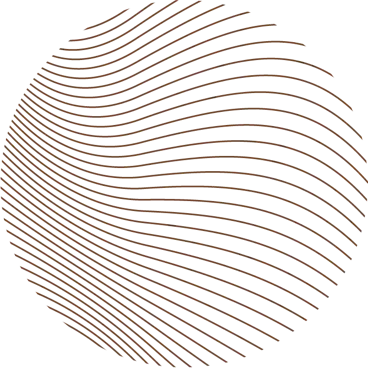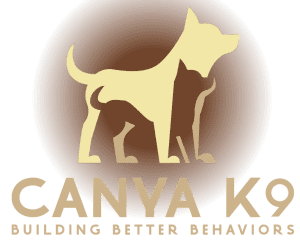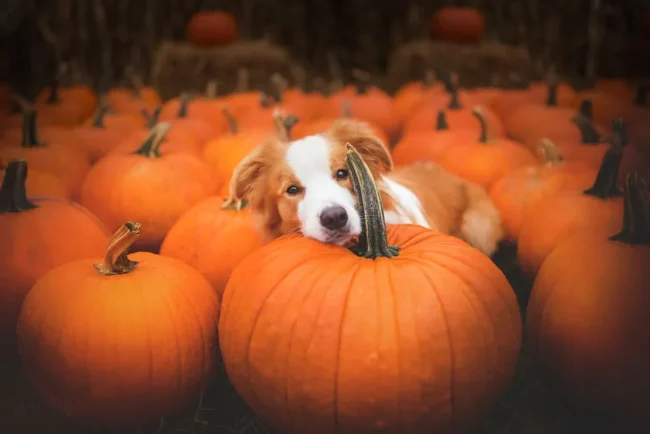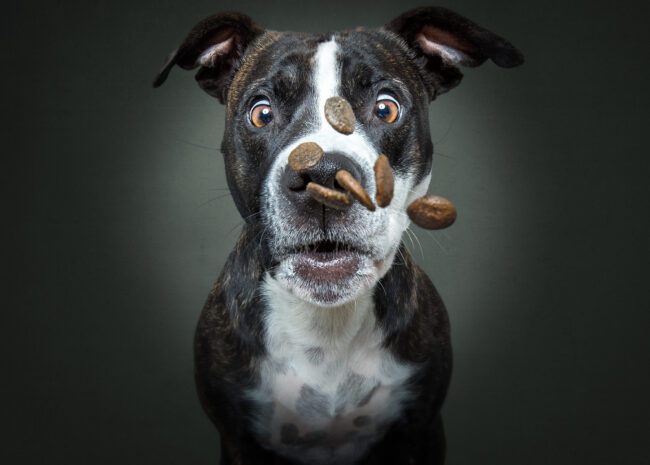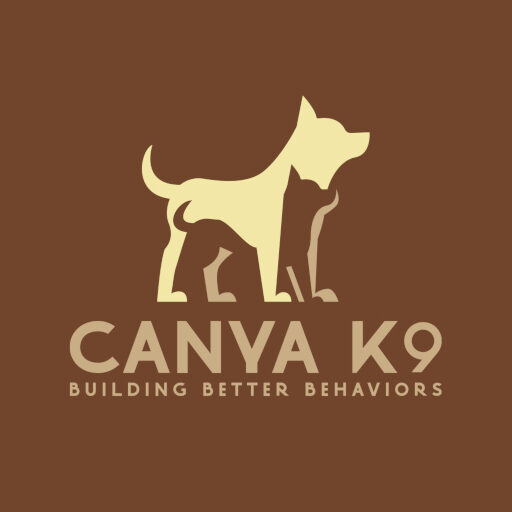New dog, no problem! 3 beginning training tips to start DAY ONE
So, you’ve got a new pup. What now? Your mind is probably racing with a million questions including “What toys do we need? What brand of food? How do we start potty training? Should we let them sleep in the bed or crate train? How do we teach him to be friendly?” etc… Whether young or senior, big or small, sweet or spicy, I’m going to give you 3 training tips that you can begin on DAY ONE with your pup that will successfully nurture a healthy and happy relationship with your dog. These tips can help with basic commands and standards, all while giving you a head start for any advanced training.
Tip 1: Build a Reward Marker
A reward marker is the easiest and best way to tell your dog when they have executed a behavior that you like or desire. Through classical conditioning (see previous blog) you can associate a verbal word or physical click with a positive reinforcement. More simply, if your dog sits, you say “yes”, you give your dog a treat, your dog is more likely to repeat the sit. The goal is for your dog to have an instinctual reaction to whatever reward marker you decide. Having a strong reward marker is a game changer when trying to communicate with your pup.
I’ve attached a link to a quick video on how to begin training a reward marker!
Tip 2: Build Engagement
I usually refer to this as building a “reward zone” around you. The most common training problems an owner has is their dog won’t recall, stay by them on walks, or pay attention to them when there are distractions. This all comes down to teaching your dog that you are positive and important to them. We are constantly at battle with making ourselves more interesting than the bird on the park bench or the family with their dog walking across the street. If we don’t build the relationship before these situations arise, how can we expect our dogs to all the sudden care more about US? We must reward and praise our pups when the distractions are low, reward them when they look at us, and reward them when they are standing close to us. It may look like nothing in the beginning, but you’re setting the precedent that the reward zone is next to you.
Tip 3: Alone Time
I know, you just got the cutest new pup and I’m asking you to not stare lovingly into their eyes every second of the day? How dare I! The problem with this is you can accidentally be creating a dog who will not be able to have an “off switch”. Whether it’s from interaction, play, or environments, our dogs need to learn that they cannot always have access to everything. It’s good for you and it’s good for them. Raising a dog that constantly needs stimulation will create a neurotic and resistant dog. Teaching your pup, the art of doing nothing, can be done by crate-training, place training or simply rewarding your pup when they are alone and calm. An advanced tip is doing so with you pup out of your sight. An example would be crate-training but with the crate in a different room other than the one you are in. This will tremendously help in preventing separation anxiety.
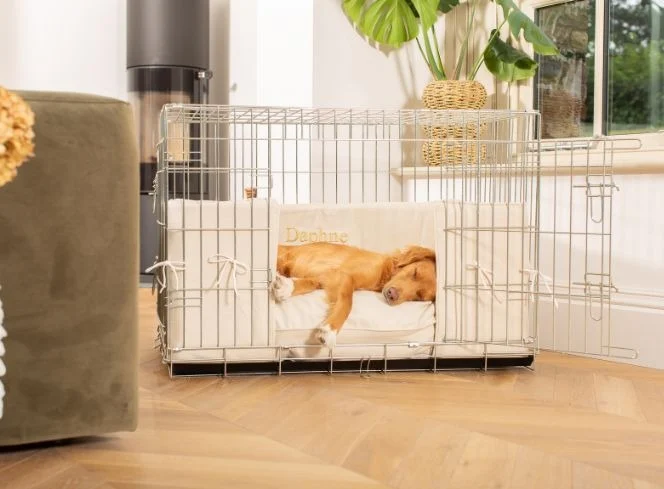
The art of doing nothing
Remember, anything is paw-sible.
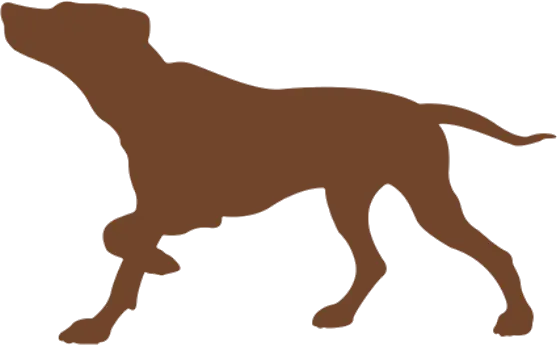

Join Our Newsletter
Stay informed on the latest information.
